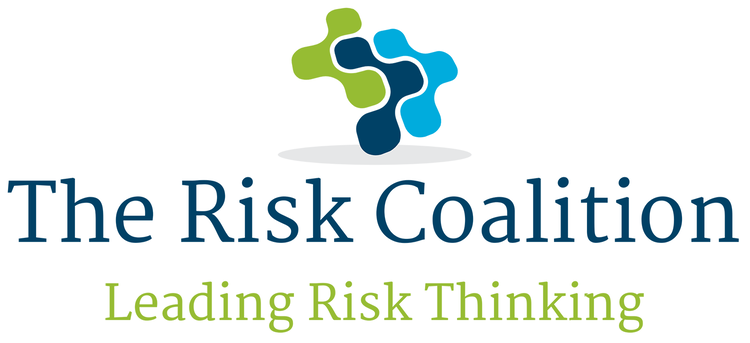If risk management was ever a theoretical exercise, the events of the last year have made it very real. Covid-19 dominates of course but other factors – many of them interlinked with the pandemic – such as a global recession, supply chain risks, cyber threat and shifting attitudes towards social injustice and inequality also loom large.
This environment highlights the fact that risks are not standalone and cannot be considered in isolation. Their interconnectedness means that a static approach – with risk strategy reviewed perhaps once a year – is simply not enough. A more dynamic approach is more important than ever. An approach in which risk and risk management are not viewed as back-up adjuncts to the business – but are continuously at the heart of strategic thinking and planning.
Our world has become a series of interlinking networks – of capital, foreign direct investment, financial instruments, supply chains, technology and communications, people and travel. These networks change and heighten risks because they are interconnected. The crystallisation of a small single risk event can create a rippling effect that causes much larger events to take place.
Are an entity’s principal risks as clear as managing remote working and the impact of the pandemic on staff wellbeing? Or would a more dynamic approach to risk assessment uncover more significant and strategic risks related to (say) the impact of increased global bifurcation between the US and China; an acceleration of the customer move to digital channels; or a growing emphasis on doing business locally?
A dynamic approach to risk assessment has become a business imperative. An approach built upon both network analysis to address the interconnectivity of risk; and the power of collective thinking to address some of the limitations of traditional models. As Dr Andries Terblanche said in a recent KPMG Board Leadership Centre conversation about risk management, “extensive research has repeatedly found that, if you ask a diverse range of people about their views of the future, the results are always more accurate than the results of probabilistic models”.
Think about harnessing the people in the organisation who are likely to have the most accurate views about the future and future risks – the ‘super-forecasters’. Think about how best to elicit their insights, both individually and collectively, around the principal risks facing the business. Get them to help quantify the likelihood of each risk identified, along with the severity, velocity and interconnectedness.
Done well and facilitated by the right AI and graph theory techniques, such an approach will give you the risk clusters and networks that reflect how the smartest people in the organisation think about the risks pertaining to it.
Ultimately, however companies approach risk management, it should be dynamic, forward-looking and highly responsive. It should map which other risks a given risk could trigger, and how rapid and severe the effects of that would be. And it should be built into the very DNA of the business.
Timothy Copnell, KPMG Board Leadership Centre
Read KPMG’s comment paper on the Risk Coalition’s principles-based guidance for board risk committees and risk functions in financial services, Raising the Bar.

